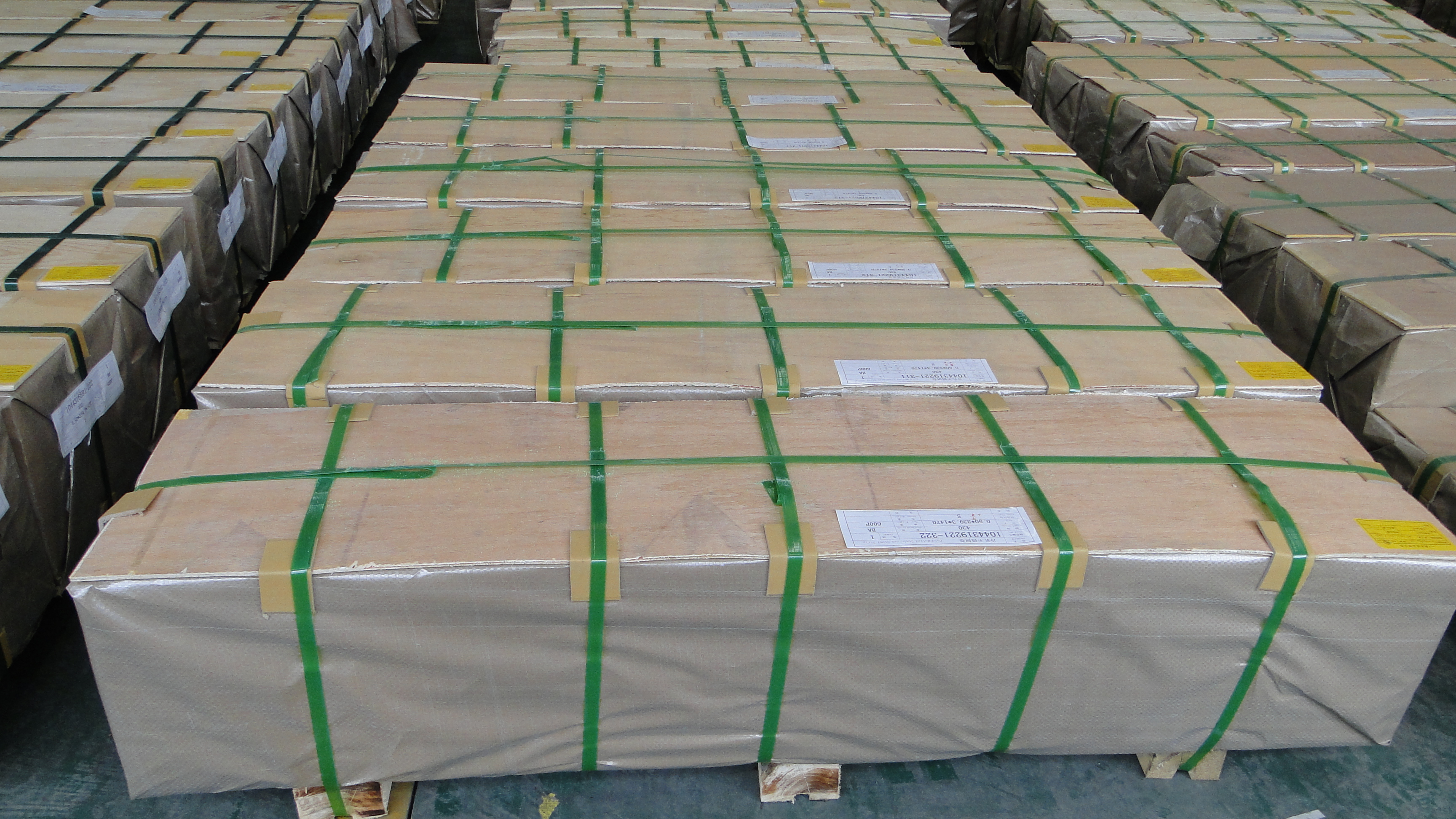There are roughly five types of surface processing that can be used for
stainless steel plates, and they can be used in combination to transform more final products. The five types are: rolling surface processing, mechanical surface processing, chemical surface processing, textured surface processing and color surface processing.
Regardless of which surface finish is specified, the following steps should be followed:
①Agreement with the manufacturer on the required surface processing, it is best to prepare a sample as a standard for future mass production.
② When used in a large area (such as composite panels, it must be ensured that the base coils or coils used are of the same batch.
③In many architectural applications, such as: inside the elevator, although the fingerprints can be wiped off, they are very unsightly. If you choose a textured surface, it is not so obvious. Mirror stainless steel must not be used in these sensitive places.
④ When selecting surface processing, the production process should be considered. For example, in order to remove the welding beads, the weld seam may be ground and the original surface processing must be restored. Checkered plates are difficult or even impossible to meet this requirement.
⑤ For some surface processing, grinding or polishing lines are directional, called unidirectional. If the texture is vertical instead of horizontal, the dirt will not easily adhere to it, and it will be easy to clean.
⑥ No matter what kind of finishing process is used, it needs to increase the process steps, so it will increase the cost. Therefore, be careful when choosing surface processing. Therefore, relevant personnel such as architects, designers and manufacturers need to have an understanding of the surface processing of stainless steel. Through friendly cooperation and mutual communication between each other, the desired effect will definitely be obtained.
⑦According to our experience, we do not recommend using aluminum oxide as abrasive unless very careful during use. Preferably silicon carbide abrasives are used.



